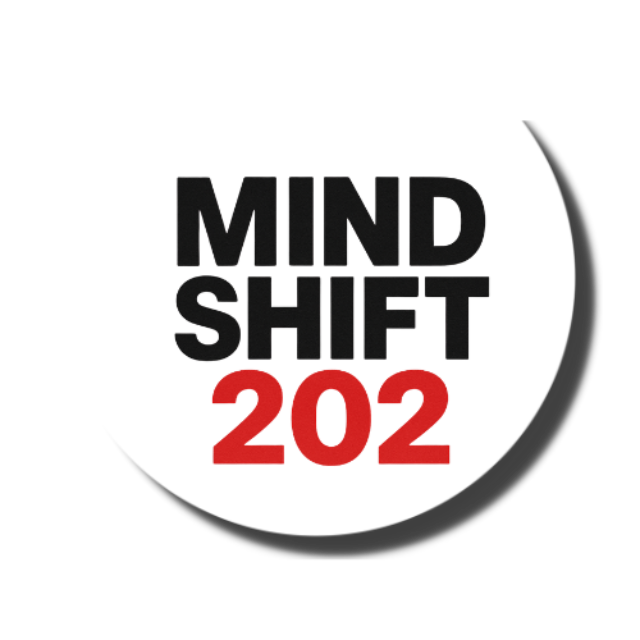Perspective is Power: How to Reframe Challenges into Opportunities
Oct 25, 2025
The Unavoidable Reality of Friction
Every high-achiever knows this truth: challenges are not detours; they are the landscape of the journey. Whether you face a project setback, a market crash, or a crisis of motivation, the friction is unavoidable. The difference between those who stall and those who accelerate is not in their resources or luck, but in their perspective.
Perspective is not passive; it is an active, cognitive skill that you must deploy when the stakes are highest. It is the ability to instantaneously swap a victim narrative for a strategist's viewpoint. Your perspective determines your action, and your action determines your outcome. In short: Perspective is power.
The Mechanism of Disempowerment
When faced with a challenge, the default, survival-based setting of the human brain is to personalise the problem, leading to a disempowering cycle:
- The Trigger: A setback occurs (e.g., a proposal is rejected).
- The Interpretation: The mind immediately assigns negative meaning (e.g., "I am not good enough," "This is a waste of time").
- The Emotion: Frustration, fear, or helplessness sets in.
- The Action: The strategy stalls, effort decreases, or the entire goal is abandoned.
This spiral locks you into the identity of the person to whom things happen, not the leader who makes things happen. Reframing breaks this chain by interrupting the interpretation phase.
The Power of the Reframe: Three Strategic Shifts
Reframing is about introducing a deliberate interruption and asking powerful, strategic questions that force your mind to search for high-value data instead of high-drama emotion.
1. Shift from Fault to Data
Stop asking "Whose fault is this?" and start asking "What does this data reveal?"
A challenge is simply information bundled in a difficult package. Your job is to unpack it for strategic insights.
- Reframing Question: "If this challenge were purposely designed to teach me one critical lesson, what would that lesson be?"
- Practical Example: Instead of: "I failed to secure the funding." Try: "This revealed a fatal flaw in our financial model that we would have missed post-launch. Now we can stress-test our assumptions."
2. Shift from Identity to Strategy
Never allow a setback to define your personal capacity. Isolate the failure from the self. Failure is always about a strategy or an action, never about your fundamental identity.
- Reframing Question: "What capability or resource did I lack in this moment? How quickly can I acquire it?"
- Practical Example: Instead of: "I am bad at negotiation." Try: "My opening leverage strategy was weak. I need to dedicate 60 minutes to preparing three alternative opening positions for the next meeting."
3. Shift from Problem to Leverage
True leadership reframing looks beyond solving the problem; it seeks to utilise the friction itself to gain an advantage. Think of this as converting stress into fuel.
- Reframing Question: "How does this current challenge force us to innovate in a way that will make us stronger than our competitors?"
- Practical Example: The Challenge: A key supplier went bankrupt. The Reframe: This crisis forces us to diversify our supply chain immediately, transforming a single point of failure into a resilient, decentralised system—a strategic advantage in the long run.
Action: The Perspective Practice
Make reframing a repeatable practice. The moment you detect frustration, immediately deploy a single, strategic reframe question. Do not proceed with your action plan until you have identified the lesson (Data), the required skill (Strategy), or the forced advantage (Leverage).
Your success is not determined by the absence of obstacles, but by the speed and effectiveness with which you transform them. When you consciously apply perspective, you stop playing defence against your problems and start playing offence for your future.
What is one current "problem" you will actively reframe as a "leverage point" this week?
Visit our website for services and tools to guide you to focus on the opportunity (the diamond) is hidden inside the challenge (the rough rock), and requires intentional perspective (light) to be revealed.

